magia Metamorfosi
-
Contenuto simile
-
- 3 risposte
- 76 visualizzazioni
-
- 22 risposte
- 514 visualizzazioni
-
- 5 risposte
- 196 visualizzazioni
-
- 0 risposte
- 144 visualizzazioni
-
- 0 risposte
- 63 visualizzazioni
-


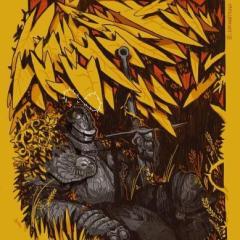
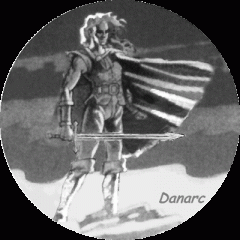
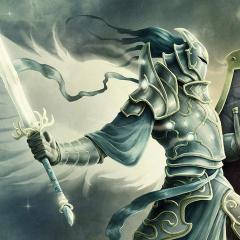
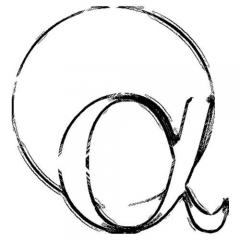
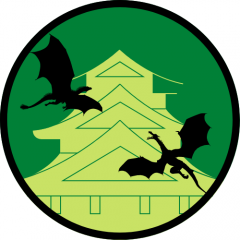
Messaggio consigliato
Crea un account o accedi per commentare
Devi essere un utente registrato per poter lasciare un commento
Crea un account
Crea un nuovo account e registrati nella nostra comunità. È facile!
Registra un nuovo accountAccedi
Hai già un account? Accedi qui.
Accedi ora